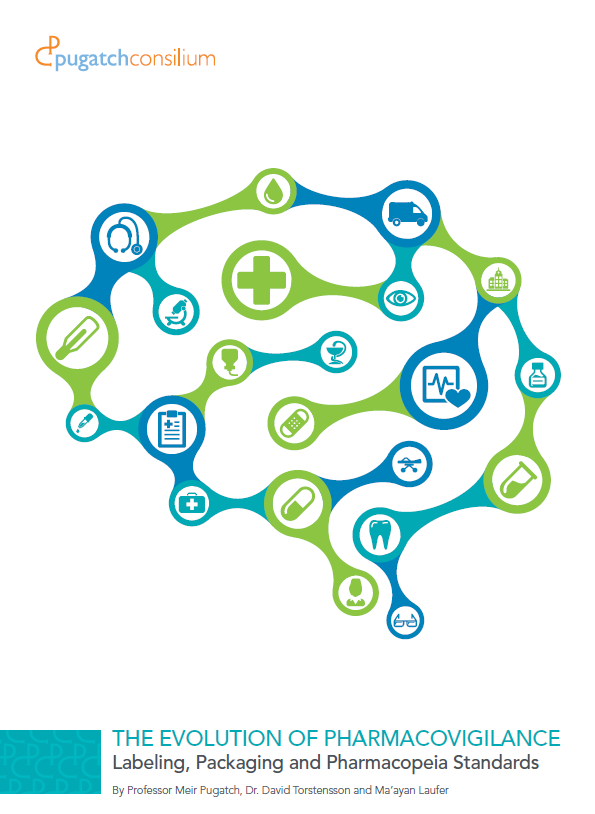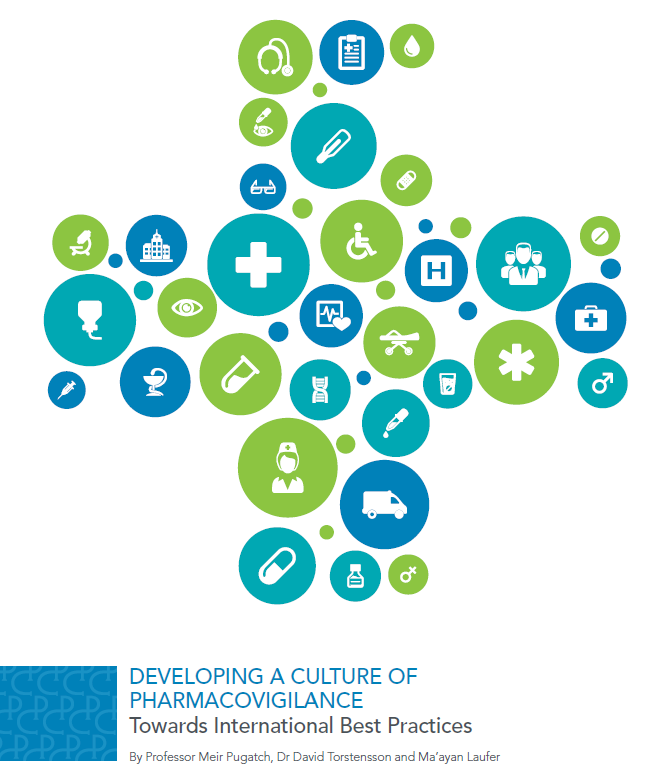Regulating medicines
This section of the website is dedicated to materials and research that relate to the regulation of medicines and medical devices. Key questions that this research addresses include:
- How are medicines regulated globally?
- What are the best practices in place to ensure that new medicines and medical technologies are proven to be safe, of high quality and have proven efficacy?
- How are generic medicines regulated?
- How do safety and quality requirements vary across the world?
- What is pharmacovigilance?
- How do different health systems implement systems of pharmacovigilance and ensure that adverse drug reactions are reported and monitored?
- What are good manufacturing practices (GMP) and why do they matter?
- How are medicines and their main ingredients (specifically APIs) manufactured and regulated around the world?
All the below research is free to download to members of the public and can be disseminated and used without restrictions. We ask that whenever using our materials please provide a full reference to the relevant document, authors and publisher.
Generic Drugs Appraisal and Approval
Departing from the ‘one-size-fits-all’ approach
Generic medicines – follow-on versions of off-patent innovative medicines – are designed to be interchangeable to the innovative reference product. As more sophisticated and complex medicines are developed, securing the safe and effective use of their follow-on products becomes increasingly challenging.
This report zeroes in on the existing gaps and challenges within the ‘one-size-fits-all’ model of generic drugs approval vis-à-vis two particularly complex drugs: Narrow Therapeutic Index (NTI ) drugs / Critical Dose drugs and Non-Biologic Complex Drugs (NBCDs).
The report examines current drug regulations in seven drug regulatory authorities from both developed and emerging markets including the FDA and EMA.
The Next Frontier in Ensuring the Quality of Medicines
Maintaining International Quality and Safety Standards in the Manufacturing and Supply of Active Pharmaceutical Ingredients
Authored by Professor Meir Pugatch, Dr. David Torstensson and Ma’ayan Laufer this report provides a deep-dive analysis of the next generation of challenges facing drug regulators across the globe.
Pharmacovigilance is the name given to the mechanisms and tests that together map and ensure the safety of a medicine throughout its life span – from test tube to patient. As biopharmaceutical products are now manufactured and assembled through a complex global assembly line with numerous different suppliers, drug regulators are becoming cognizant of a new reality: ensuring high standards of quality is not just about monitoring and testing the safety of a finished product but also screening and monitoring the safety and quality of its key ingredients wherever in the world they are sourced and/or manufactured.
Overall the report finds that the API manufacturing and pharmacovigilance environment in the two largest producing countries, China and India, is currently lacking with regards to both the presence of adequate GMP and pharmacovigilance regulations as well as their enforcement. Analysis of both FDA and EMA warning letters show significant problems relating to quality control and integrity of API manufacturing in India and China. This is particularly worrying as foreign inspection rates by the FDA and EMA are far behind equivalent inspection rates within the US and EU. In practical terms it means that drug regulators in purchasing markets must now actively inspect and have a presence outside their respective legal jurisdictions.
The Evolution of Pharmacovigilance
Labeling, Packaging and Pharmacopeia Standards
This report provides a deep-dive analysis of the next generation of challenges facing pharmacoviglance regulators.
Pharmacovigilance is the name given to the mechanisms and tests that together map and ensure the safety of a medicine throughout its life span – from test tube to patient. As patients and healthcare professionals around the world access and use more biopharmaceutical products and technologies, the importance of maintaining and, in many cases, introducing and applying comprehensive pharmacovigilance regulations only increases.
Developing a Culture of Pharmacovigilance
New Report On the Monitoring of Safety of Medicines
Pharmacovigilance is the name given to the mechanisms and tests that together map and ensure the safety of a medicine throughout its life span – from test tube to patient. As patients and healthcare professionals around the world access and use more biopharmaceutical products and technologies, the importance of maintaining and, in many cases, introducing and applying comprehensive pharmacovigilance regulations only increases.
PATIENT POWER
What it takes for patient associations to help shape public policy
This paper seeks to understand the environment in which patient associations emerge and play an active part in healthcare policy making, both theoretically and in practice, in a number of emerging markets. The first half of the paper identifies and examines the optimal group characteristics and external environment in which patient organisations develop and take part in the policy making process. The second half of the paper examines the existence of these factors in seven key emerging and growth markets: Argentina, Brazil, China, India, Mexico, Russia, and Thailand.
Overall, Brazil and Thailand have the most conducive environments compared to the five other countries examined. Russia has a formal structure in place to incorporate patients’ viewpoints, however is deficient in ensuring patient organisations’ seat at the table and has not enshrined patients’ rights into legislation. Argentina, China, India and Mexico were found to have deficiencies in their environments and being the least conducive to the inclusion of the patient voice in health policy.
This paper is also available in Portuguese.
Keeping Medicines Safe
A Study of the Regulations Guiding the Approval of Medicines in Emerging Markets
This paper has attempted to show, firstly, just how serious a threat substandard and counterfeited medicines are to public health and, secondly, to discuss how the regulations of the production, sale and use of medicines can have an impact on the availability of these dangerous drugs. The paper began by examining the very nature of medical and pharmaceutical regulations: Why are they necessary? What are the concepts and ideas drug regulations are based on? And what are some of the essential best practices? It then moved on to examining how drug regulations have been designed in a number of countries (China, India, Brazil, Argentina and Turkey) which have experienced problems with substandard and counterfeited drugs. By examining each country separately it was found that because they all faced different sets of challenges, drug regulators and policymakers had responded to them differently. In some cases this had led to positive results; in other instances the results were less encouraging. The paper’s final section provided some concrete examples of the lethal effects counterfeiting and substandard drugs can have on public health and how bad, non-existent or unenforced regulations can play a serious part in this process.







